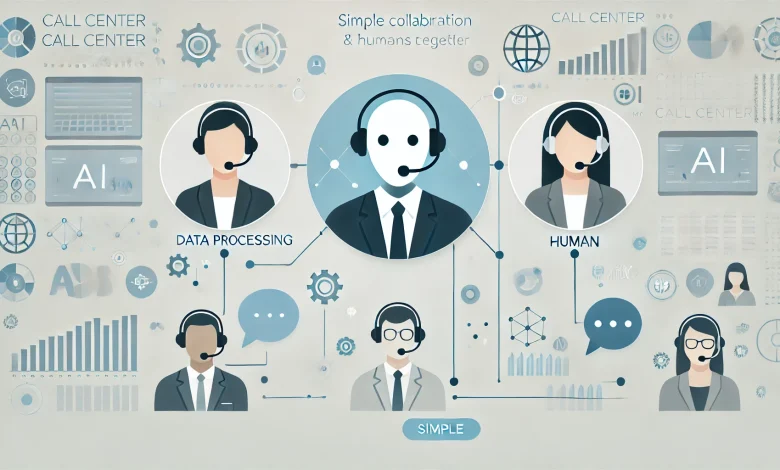How Generative AI Solutions are Transforming Industries

Generative AI solutions are at the forefront of technological advancements, redefining how industries approach innovation and problem-solving. At its core, generative AI refers to systems capable of producing content, such as text, images, music, and more, through machine learning algorithms. These solutions harness vast amounts of data to create new outputs, often indistinguishable from those generated by humans. As industries strive to maximize productivity and creativity, generative AI serves as a catalyst for significant breakthroughs.
The evolution of generative AI is rooted in the development of neural networks and deep learning models. These technologies mimic the human brain’s functionality, enabling machines to learn from data patterns and improve over time. As the technology advances, the scope of its applications continues to expand, offering industries unprecedented opportunities to innovate and automate complex tasks.
Moreover, the adoption of generative AI solutions is driven by their potential to solve industry-specific challenges. Whether it’s enhancing customer experiences, optimizing operations, or revolutionizing product design, these solutions offer a competitive edge. By leveraging AI-generated insights, companies can make informed decisions, reduce costs, and accelerate time-to-market. This transformative potential is why many industry leaders are investing heavily in generative AI technologies.
Generative AI Solutions: Current Trends and Statistics
The current landscape of generative AI is marked by rapid advancements and widespread adoption across various sectors. According to recent studies, the global generative AI market is projected to grow exponentially, with a compound annual growth rate (CAGR) of over 30% in the next decade. This surge is fueled by the increasing demand for AI-driven solutions that enhance business processes and deliver personalized user experiences.
Several trends are shaping the future of generative AI solutions. One notable trend is the integration of AI with other emerging technologies such as blockchain, Internet of Things (IoT), and augmented reality (AR). This convergence enables businesses to develop more sophisticated applications that offer enhanced functionality and security. For instance, combining AI with blockchain can ensure data integrity and transparency in various applications, from supply chain management to digital identity verification.
Another significant trend is the democratization of AI tools, making them accessible to a broader audience. Open-source platforms and user-friendly interfaces are empowering individuals and small businesses to harness the power of AI without needing extensive technical expertise. This democratization is fostering a culture of innovation, where even non-tech-savvy individuals can explore creative solutions and contribute to AI-driven advancements.





